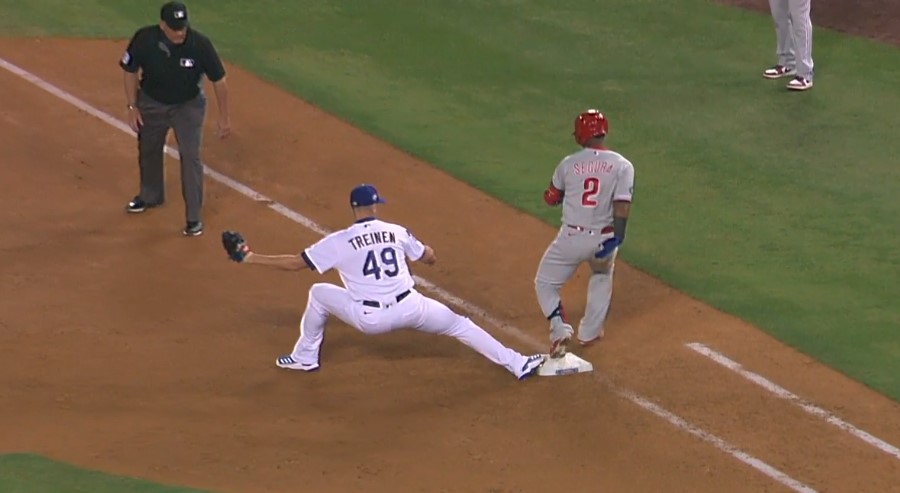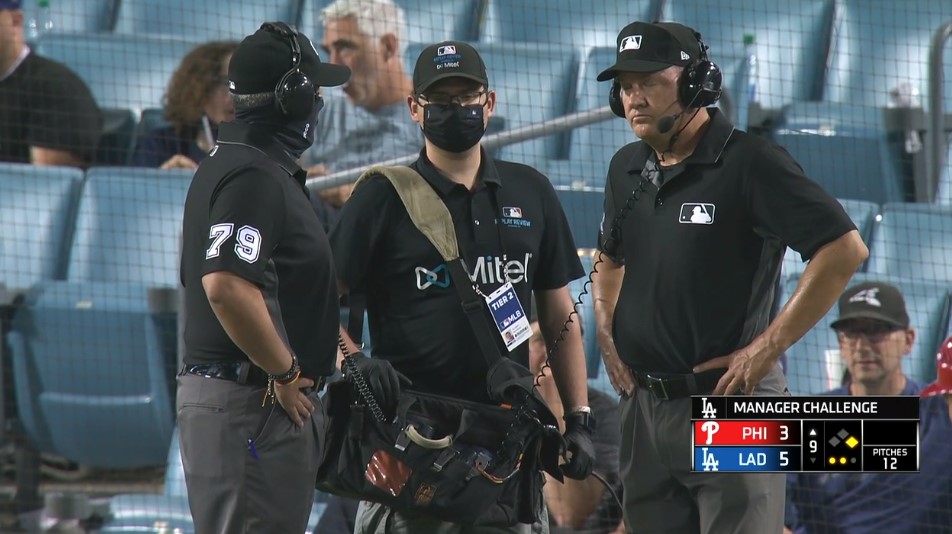Top 33 Prospects: Oakland Athletics
Below is an analysis of the prospects in the farm system of the Oakland Athletics. Scouting reports were compiled with information provided by industry sources as well as my own observations. As there was no minor league season in 2020, there are some instances where no new information was gleaned about a player. Players whose write-ups have not been meaningfully altered begin by telling you so. As always, I’ve leaned more heavily on sources from outside of a given org than those within for reasons of objectivity. Because outside scouts were not allowed at the alternate sites, I’ve primarily focused on data from there, and the context of that data, in my opinion, reduces how meaningful it is. Lastly, in an effort to more clearly indicate relievers’ anticipated roles, you’ll see two reliever designations, both on my lists and on The Board: MIRP, or multi-inning relief pitcher, and SIRP, or single-inning relief pitcher.
For more information on the 20-80 scouting scale by which all of our prospect content is governed, you can click here. For further explanation of Future Value’s merits and drawbacks, read Future Value.
All of the numbered prospects here also appear on The Board, a resource the site offers featuring sortable scouting information for every organization. It can be found here.



